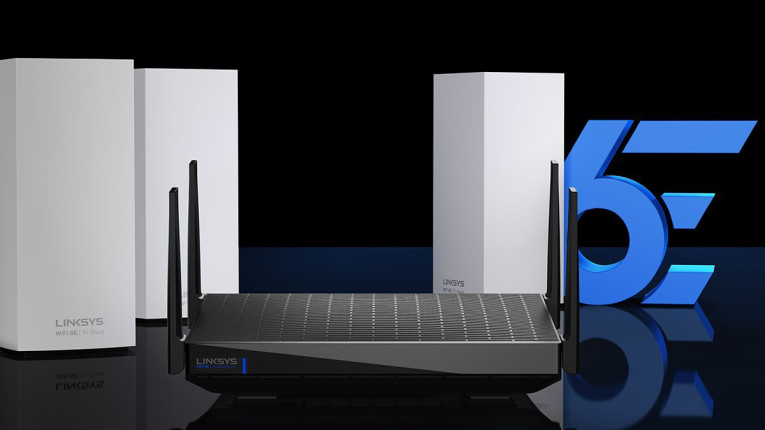
Growth in the broadband CPE market will now be driven by advanced Wi-Fi devices such as those used with mesh systems and others that support higher Wi-Fi standards, notably Wi-Fi 6 and Wi-Fi 6E. Global tech market advisory firm ABI Research expects the Wi-Fi CPE market to surpass 263 million units in 2026. Furthermore, Wi-Fi 6 devices will increase from 9% of total Wi-Fi CPE shipments in 2020 to account for nearly 81% of entire total Wi-Fi market in 2026.
Increased use of video conferencing, e-commerce, and Internet-based home entertainment during the pandemic has accelerated the rate of broadband adoption while existing broadband users have upgraded to higher-tier packages. “Higher subscriber net additions combined with subscribers upgrading existing broadband CPE boosted unit shipments in 2020. Wi-Fi mesh devices are particularly in high demand because they support sufficient coverage and reliable connectivity for multiple users and applications within broadband homes,” explains Khin Sandi Lynn, Industry Analyst, Consumer Technologies, at ABI Research.
Wi-Fi mesh shipments increased to surpass 18 million units in 2020. Adoption of mesh devices is expected to grow at CAGR 18% to ship 59 million units in 2026.

Since in-home Wi-Fi performance is critical for enhanced user experiences, broadband operators are also providing customers with advanced broadband CPE, which includes Wi-Fi mesh and residential gateways that support higher Wi-Fi standards such as Wi-Fi 6. However, due to higher price points, Wi-Fi 6 deployments are currently concentrated in North America and Europe, representing more than half of total unit shipments. As adoption rates increase, price points are likely to decline over the next few years, which will enable increased deployments in emerging markets.
While Wi-Fi 6 units start to gain market share, industry players are actively working toward deploying Wi-Fi 6E devices. Although device makers such as ASUS, Netgear, and TP-Link announced Wi-Fi 6E routers in early 2021, Wi-Fi 6E network development is still in its early stages as regulators start to open the requisite 6 GHz spectrum. While Europe and Canada have recently released the 6 GHz band for Wi-Fi use cases, regulators in other markets are evaluating the efficient allocation of spectrum in the 6 GHz band to support both Wi-Fi and 5G use cases. Compared to Wi-Fi 6, the 6 GHz band available for Wi-Fi 6E offers additional bandwidth, faster speed, and lower latency, enabling the implementation of high bandwidth, low latency applications such as those supporting Augmented and Virtual Reality (AR/VR).
The demand for CPE that supports higher capacity, improved reliability, and lower latency is likely to be driven further by the adoption of future AR/VR applications in cloud gaming, interactive video communication, education, and telehealth use cases. “Operators should constantly track consumers’ adoption of devices and next-generation applications and services to strategically roll out robust broadband CPE at the right time. Partnerships with appropriate hardware and software vendors to support highly secured home networks with advanced features are also essential to support these enhanced user experiences,” concludes Lynn.
These findings are from ABI Research’s latest "Set-top box and Broadband CPE" market data report. This report is part of the company’s Consumer Technologies research service.
www.abiresearch.com






